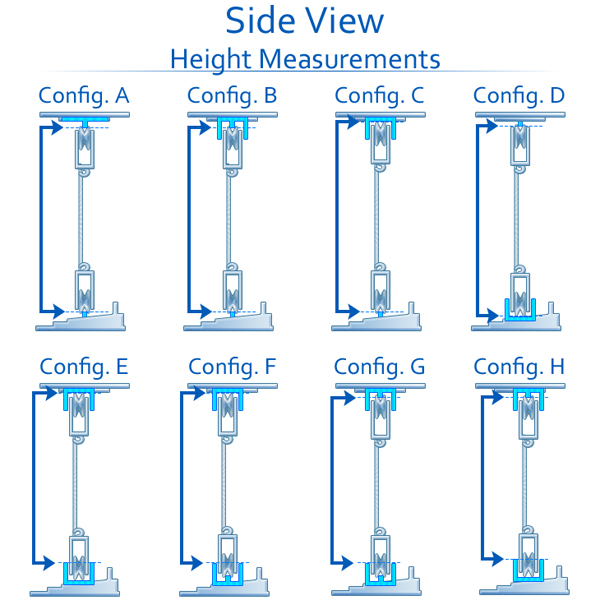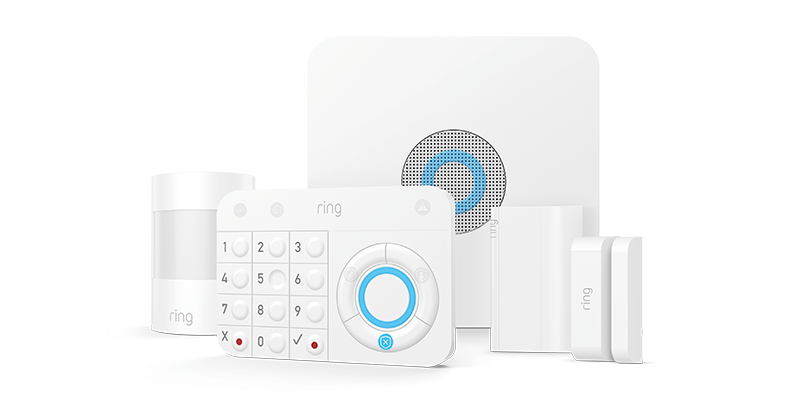
There are a few things you need to keep in mind when installing a hinged screening door. These are the materials, functionality, and how to install them. These tips can help ensure that you make the most from your new screen door. You can learn more about installing a hinged screen door from this article. This article will help you avoid common mistakes homeowners make when installing screen doors.
Installing a hinged screen door
When installing a hinged screen door, it's important to keep a few things in mind. It is important that your screen door is level. This ensures that the screen door won't be damaged by wind. Also, make sure that the screen door's latch is installed properly.
You may need to follow the instructions if you are using a store-bought hinged door. You can attach the hinges to some doors with already-installed handles. If you don't have the handles, you will need drill pilot holes for the jamb. Then attach the hinges.

Materials
There are several materials that can work with hinged screens doors. Aluminum is the most widely used material. The material has a lightweight profile and is inexpensive to produce. Another type is rollformed aluminum, which is made from a sheet of aluminum that incorporates a screen channel. Due to their rectangular shapes, rollformed aluminum screens are strong. Stainless 316, another common material, is also strong and lightweight. It is resistant to corrosion.
Standard hinged screens are usually attached behind or in front of an exterior door, but retractable or sliding screens might need to be installed on tracks. A single exterior screen door can cost between $200 and $300 depending on its materials and how it is installed. Vinyl and aluminum doors are typically less expensive than wooden doors.
Functions
The right hinges will make your screen door easier to open or close. They will also increase the lifespan of your door. There are many styles and functions available. When choosing hinges, consider the following: Handling: The orientation relative to the locking mechanism is what your doorway's "handing". It is important that the handing matches up. It is possible to make costly mistakes if the handing is not correct.
Installation
Preparing the frame for a hinged door frame is the first thing to do. Ensure that there is at least 3/8-inch clearance between the screen door and the doorjamb. Next, mark where the hinge mounting screws should go with a pencil and attach them using a screw gun. Finalize the installation of the handle by drilling two holes in a screen door frame.

Many screen door kits include hardware that can be used to install the doors. It is important to make sure the kit includes hardware for installation. This process may be familiar to you if you've already installed a door.
FAQ
What is the top home security system in your area?
Ring Video Doorbell Pro is our number one home alarm system. It allows you to see and speak to anyone at anytime from anywhere using your smartphone. You can also record video footage, and then share it with your family and friends via email or text message.
Do motion sensors have alarms
Motion sensor alarm systems have been around for decades, and they have become increasingly popular due to the rising number of break ins and thefts. These devices can be too costly and do not work well inside cabinets. A motion sensor alarm system can be a great way to protect your home against intruders.
Can ADT be hacked
ADT security is the oldest home alarm system available. ADT Home Security System continues to be considered the safest option by many customers. They simply trust its reputation of being a reliable company dedicated to protecting homes from burglars and fires.
However, hackers can infiltrate even the most trusted organizations and steal sensitive data. Hackers are able to infiltrate networks at any moment and steal sensitive information. Hackers are able to access all files on the network and change the settings. Hackers can, for instance, delete files and change passwords. It's important for you to remember that hackers could still try to access your house by stealing files, changing passwords, or deleting files. Make sure you have the right information to help protect your system.
Statistics
- That's probably why Cove has a whopping 98%* customer retention rate. (safewise.com)
- Most home security companies will charge you around 75% of the remaining term of your contract if you cancel early—and some require 100%.Related questionsWhat type of contract length can I expect from security providers?Home security system cancellation (safewise.com)
- (In my experience, the discount on my home insurance covered about 25 percent of the subscription of an average plan, but your mileage may vary depending on your location and the size of your home.) (theverge.com)
- Related questionsHome security systems that are 100% DIY (safewise.com)
External Links
How To
How to Install an Home Security System
A home security system monitors your property and alerts if there is any activity. It could be a motion sensor, doorbell camera, smoke detector, fire alarm, flood alert, carbon monoxide detector, burglar alarm, etc. A home security system usually consists of one or more sensors (e.g., motion detectors), which send signals when they detect movement or sound. These signals are sent to a control panel, where they can be monitored and recorded. A control panel will alert your phone, tablet or computer if something is wrong. You'll be able to immediately take action and know exactly what's happening.
You must first choose the right kind of sensors for you home in order to install a home alarm system. There are two types of sensors available: active and passive. Passive sensors do not require batteries. They simply pick up sounds and vibrations around them. They include doorbells, sirens and buzzers. Active sensors transmit data via electricity. These sensors include motion sensors and cameras.
There are many options for sensors. Each brand has their own pros and cons. Some sensors are waterproof, others are not. Some include built-in speakers to allow you hear them even when they are outside. Others work only inside. Some of these are very basic, while others have advanced features such night vision.
After choosing the best sensor type for your property you can choose a manufacturer. This will ensure that all your sensors work together. There should be many options at your local hardware store.
Once you have selected a brand of sensor, you need to decide the number you wish to buy. Depending on whether you live alone or with your family, most people will start with just one or two sensors. You might want to buy more sensors if you intend on adding them later.
Next, think about where you want them to go. Are you looking for them to be near doors or windows? Or do you prefer having them hidden away? Before you put them anywhere on your property make sure you get permission. They should not be in conflict with any electrical outlets.
After you've determined the location of your sensors, you will need a way that they can be connected to your control panels. You may need a power adapter, or battery pack depending on the setup. Once everything is set up, it's time to start monitoring your property.